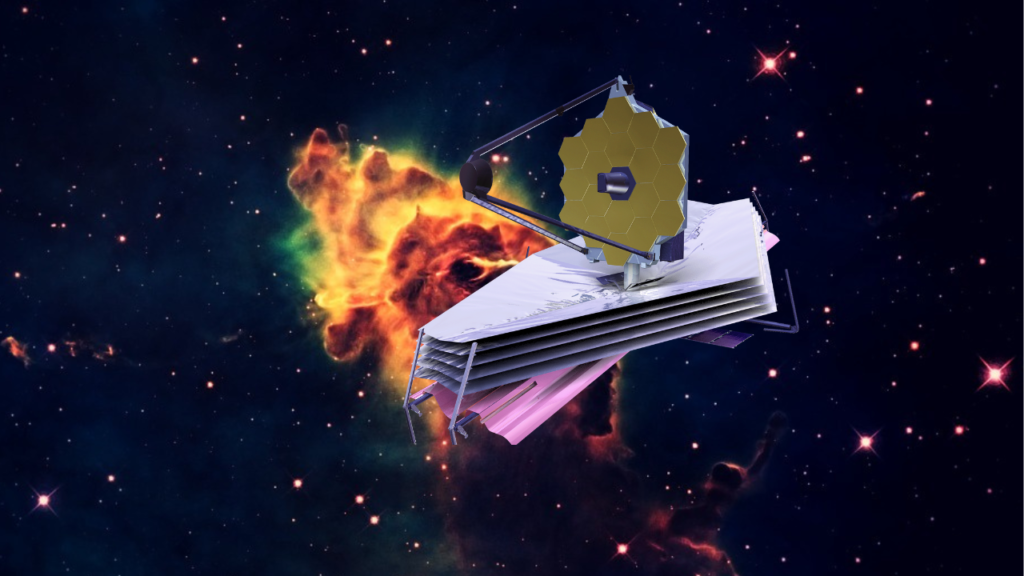Astronomers have used the James Webb Space Telescope (JWST) to paint a picture of burger-shaped, planet-forming material around a young star.
The tasty investigation conducted by the James Webb Space Telescope‘s Ice Age team has led to the creation of the first detailed 2-dimensional inventory of ice in a so-called protoplanetary disk — the type of structure from which our solar system‘s planets emerged some 4.5 billion years ago.
“The direct mapping of ice in a planet-forming disk provides important input for modeling studies that help to better understand the formation of our Earth, other planets in our solar system, and around other stars,” research lead author and Leiden University scientist Ardjan Sturm said in a statement. “With those observations, we can now begin to make firmer statements about the physics and chemistry of star and planet formation.”




